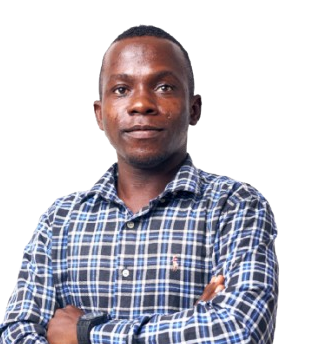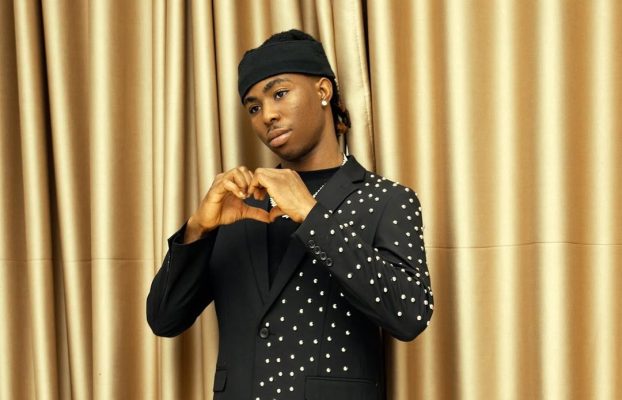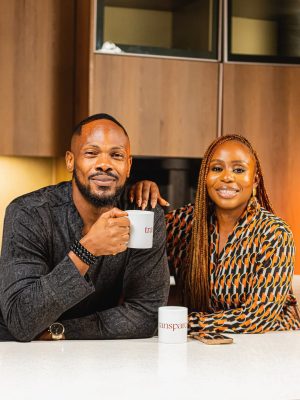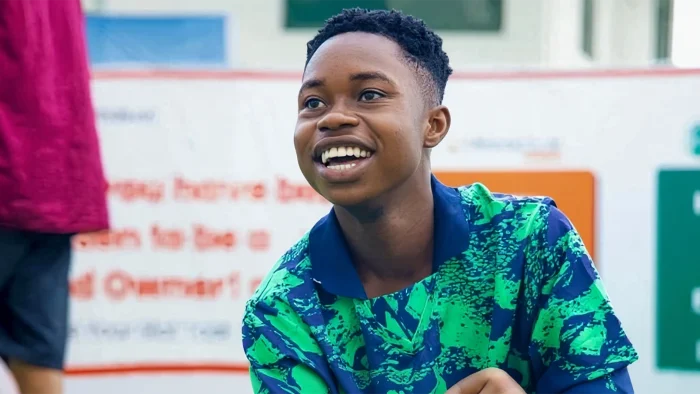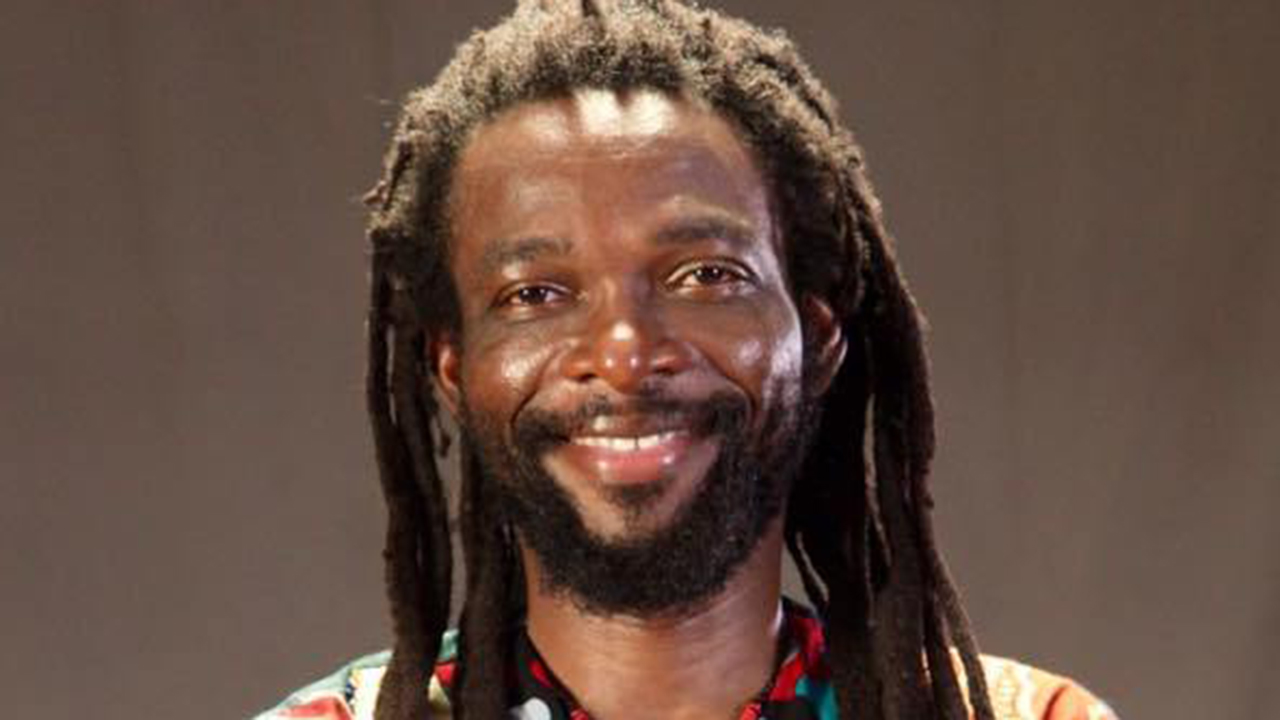With No Turning Back II surging into a viral anthem, drawing fresh ears to familiar conviction, and pulling millions into his sound, Gaise Baba has cemented his place as one of Nigeria’s most distinctive gospel voices. Beyond the charts, he is reshaping how faith, music, and street culture intersect.
For nearly two decades, Gaise Baba, born Akinade Ibuoye, has walked an unusual path in music. He is not just a singer and songwriter; he is a self-described culture architect intent on shaping values and mindsets through art. From early experiments blending Afrobeats, Yoruba idioms, and gospel to the breakout success of No Turning Back II with Lawrence Oyor, his catalogue has consistently pushed boundaries while remaining grounded in faith.
But Gaise Baba’s influence stretches far beyond the studio. Through initiatives like the LightOut High School Tour, he has reached thousands of young people with music and conversations that make belief tangible. With ARAMANDA, his annual festival, he has created a space where worship and street culture share the same stage. Add the Blackflame podcast and a fast-growing creative community, Foxes on Fire, and his impact becomes clear: this is an artist building movements, not merely making singles.
Guardian Life sat down with Gaise Baba to explore the vision behind his work, the convictions that fuel him, and what it means to create music that sounds like faith to a new generation.
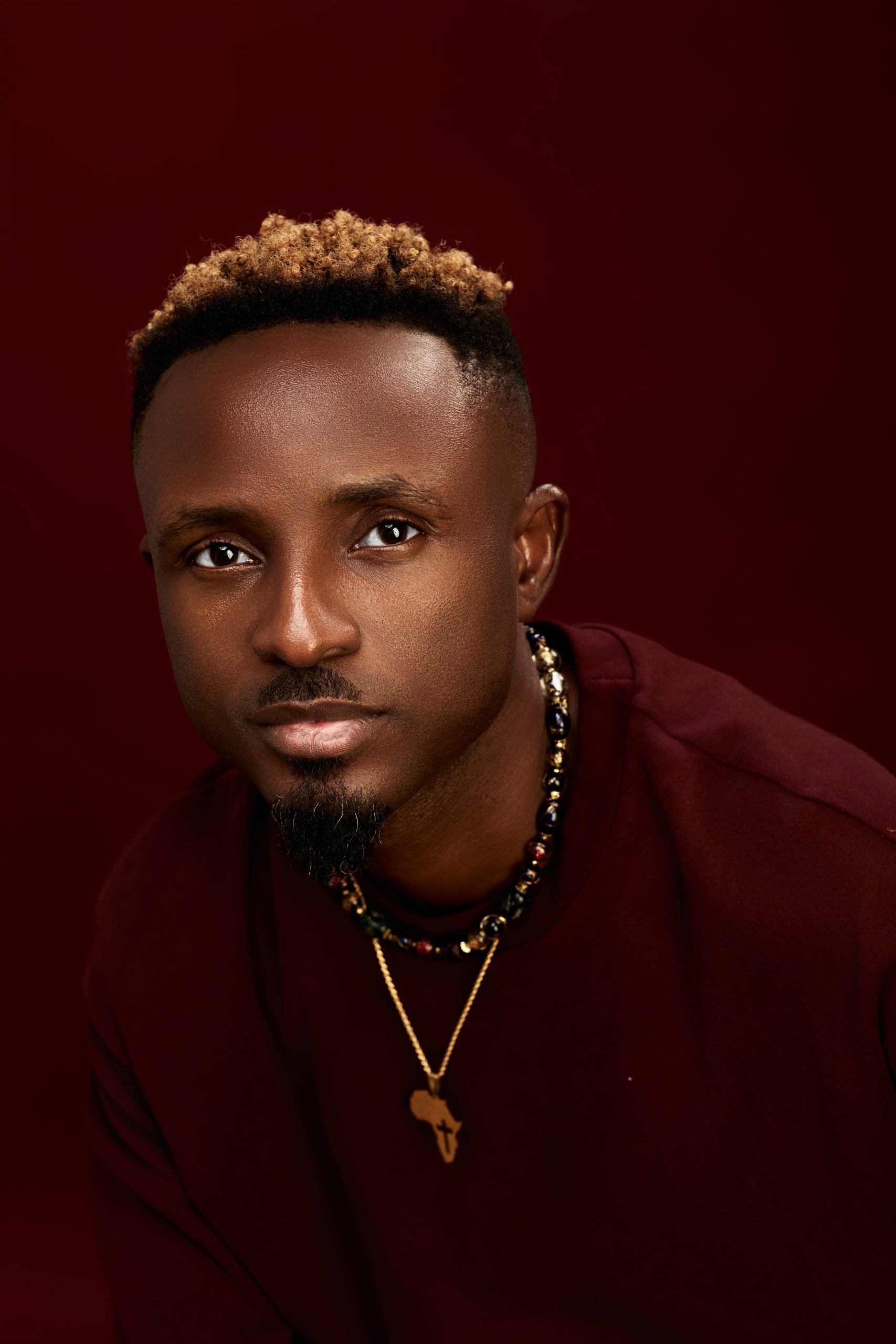
The ‘No Turning Back’ mandate
When No Turning Back II arrived, it sounded like conviction with a chorus. The collaboration with Lawrence Oyor felt less like a feature and more like a meeting point between devotion and the dance floor.
“We didn’t engineer virality,” Gaise Baba tells Guardian Life. “We told the truth in a language people already move to.” The result: a song sung at youth meetings, on road trips, in living rooms — a pledge set to groove.
The temptation, once a record breaks through, is to chase numbers and sand down the edges. He resists that drift. “Numbers tell you reach, stories tell you impact, and I chase both,” he says. The lesson here is simple and stubborn: when the message leads, the metrics follow. No Turning Back II didn’t soften the faith to cross over to the mainstream; it made conviction the point of entry.
You can read the arc of his career in that one decision. Keep the truth intact. Dress it in a sound that feels current. Close the unnecessary distance between the altar and the aisle. The success of the song reminds one of Kirk Franklin’s Revolution: a song that sounds like a vow, moves like a party, and proves the sacred and the street can share space without apology.
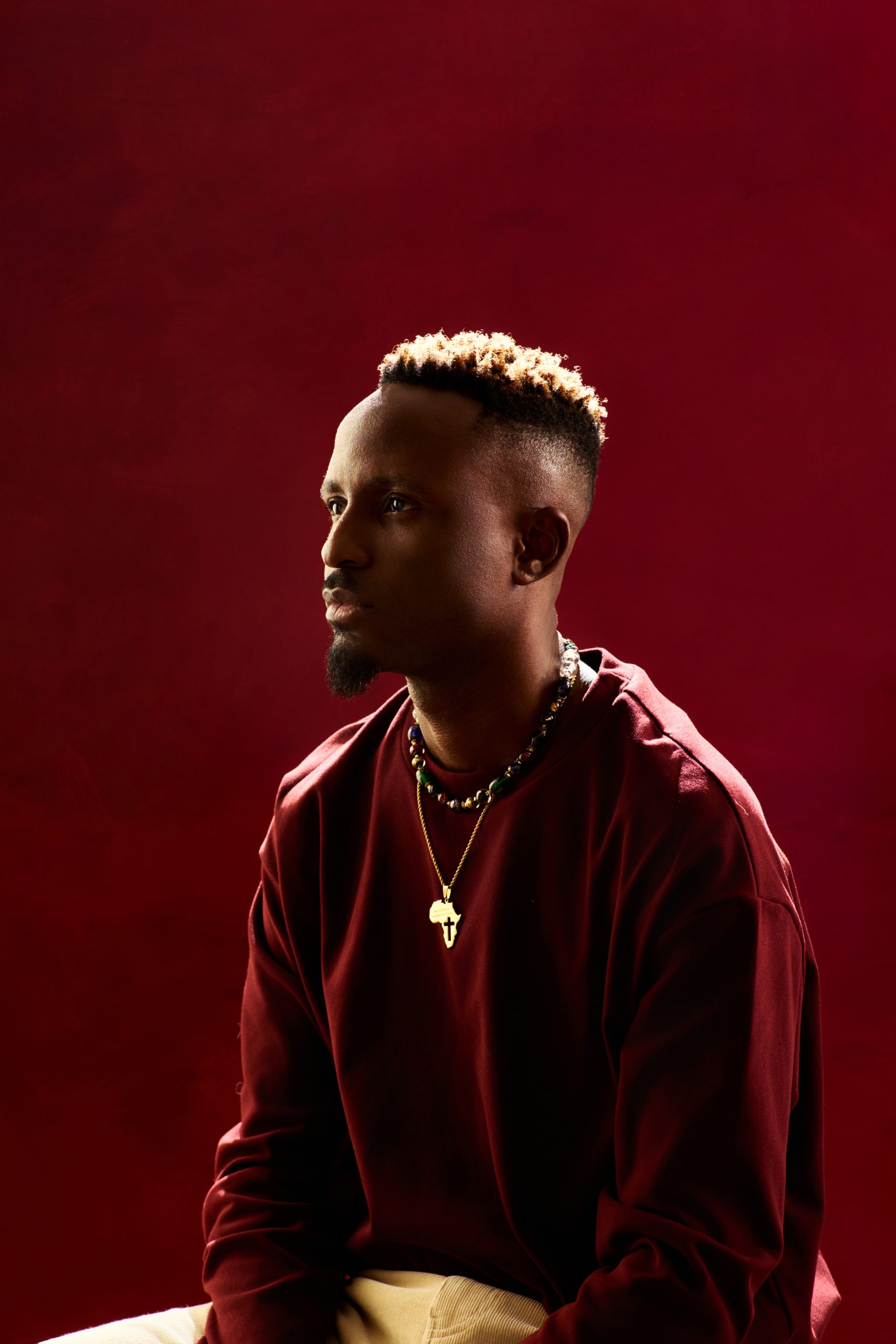
Blueprints of a culture architect
Before the headlines, there was apprenticeship: years of experiments that wove Yoruba idioms, gospel roots, and Afrobeats cadence into one fabric. Gaise Baba calls himself a “culture architect,” and he means it literally.
“For me, being a culture architect means intentionally shaping mindsets, values, and lifestyles through creative expressions and purposeful art,” he says.
LightOut was an early proof. He carried music and honest conversations into secondary schools, treating teenagers as a mandate. “We wanted faith to feel tangible and relevant,” he says.
Then came ARAMANDA, “a festival where faith and art are in harmony, where the Spirit rides on vibe, where worship sounds like a street festival.” Around these satellites, other expressions formed: the Blackflame podcast for longer ideas; Foxes on Fire, a creative community to nurture peers; and a catalogue that reads like a field guide to contemporary belief.
Across all of it is an insistence on clarity. He will use the proverb if it serves the point, the scripture when it anchors the line, the drum pattern that speaks today’s language. The craft is careful, but the posture is open. He builds so people can walk through and recognise themselves inside.
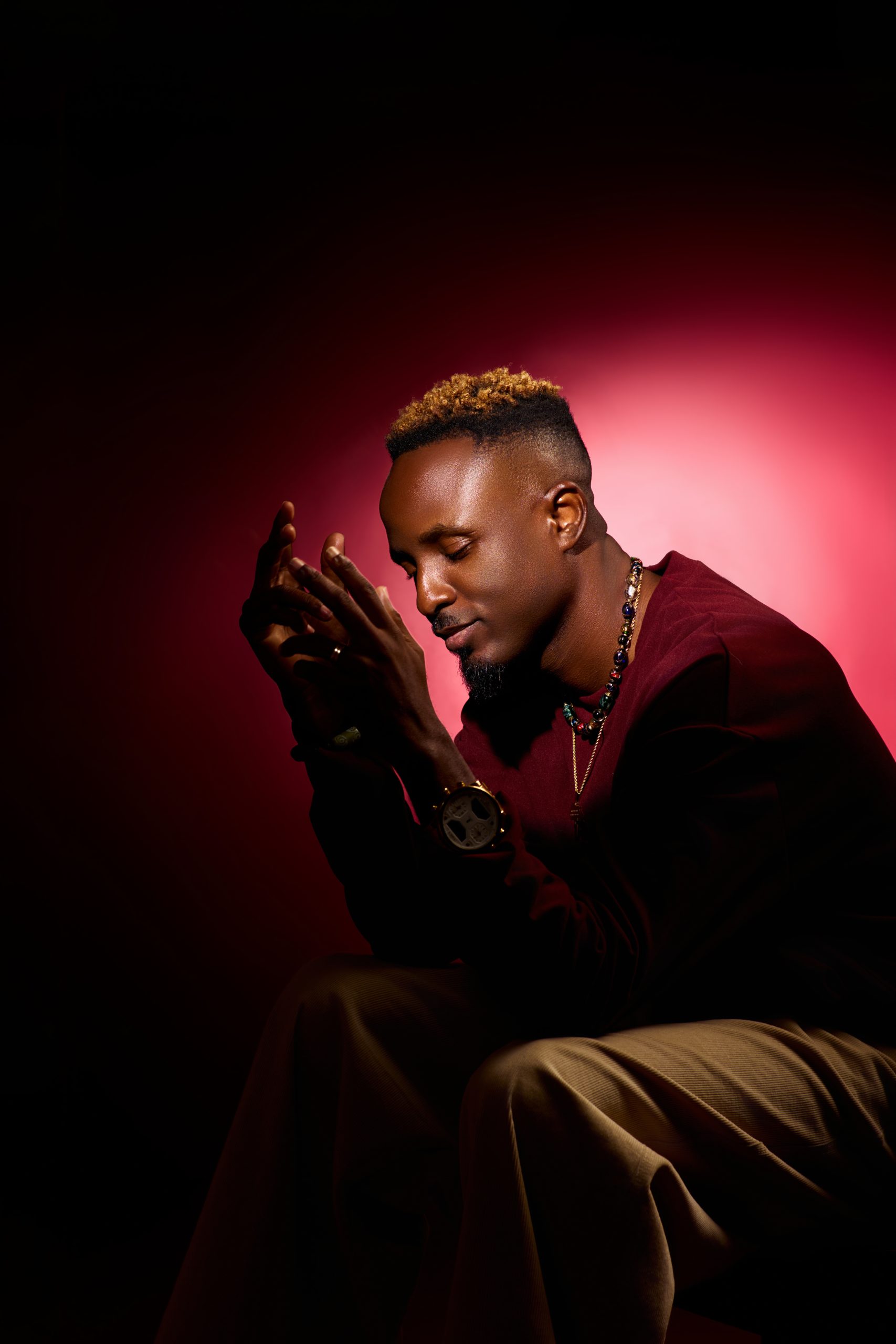
staying close to the ground
Success invites distance. Bigger rooms. Busier calendars. Fewer conversations with the people the work is meant to serve. Gaise Baba chooses differently.
“The greats stayed connected to the ground,” he says, citing Fela, Bob Marley and Kirk Franklin. “If you carry a message, you can’t lose the people it’s for.” He keeps his feet in the places that first shaped his calling: school halls, church youth meetings, community gigs where the stage is low and the feedback is immediate.
Staying close isn’t nostalgia. It is a strategy. By building from the ground up, he learns the language his audience in real time. He hears their doubts, slang, frustrations, and hopes, and then translates that into craft. “Remember not the former things” becomes “Gbagbe Oshi.” “Salt of the earth” becomes “holy sauce.” The river in Ezekiel becomes a metaphor for city-wide renewal.
“The language is less ‘King James’ and more contemporary,” he says. “But the truth remains intact.” A line he returns to often sums the posture: “A musician with a message is ideology riding on rhythm.”
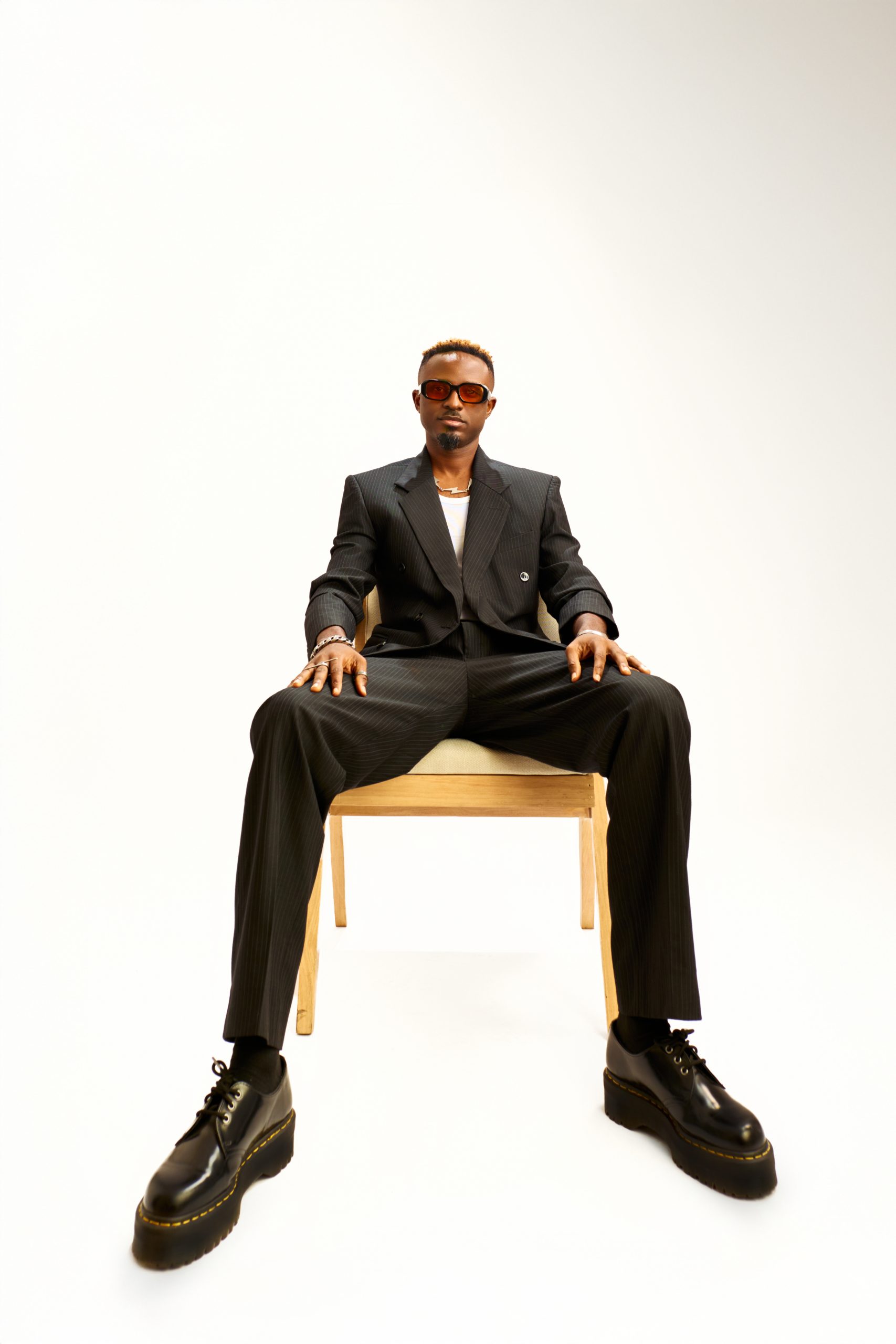
Controversy, conviction, and the cost of clarity
You cannot shift language without testing loyalties. Gaise Baba’s work has drawn debate about ideology and method: how far contemporary aesthetics can go before the centre slips. He meets it with patience and a firm spine.
“To expect total acceptance of change from the jump would be naïve. One has to expect some resistance,” he says, adding that he’s learned to extend grace, knowing much of it is a question of understanding.
What surprised him wasn’t the pushback but the constituency that surfaced in the process. “There are surprisingly many silent voices who were actually waiting for someone to be the rallying cry, the vanguard who leads the charge,” he says. “I have since discovered a large and growing community of young believers saying, ‘Thank you for championing this cause, for speaking for a generation, for giving our hearts language’.”
Criticism, then, functions like a stress test. It exposes what is foundation and what is façade. For him, the foundation is obedience over optics: “I wasn’t called to please everyone; I am called to be faithful to One.”
That conviction explains the long arc, the willingness to endure slow seasons and avoid trend-chasing. Over time, it’s produced by a catalogue that reads like statements and platforms that outlive the hype cycle.
Conviction is not an excuse for narrowness, though. He engages, listens, and adjusts the craft without amputating meaning. He will refine a metaphor, tighten a mix, and sharpen a line, but the centre holds. “I’m less afraid of opinions and more focused on impact,” he tells Guardian Life. That balance is why No Turning Back II lands as both personal vow and public invitation.
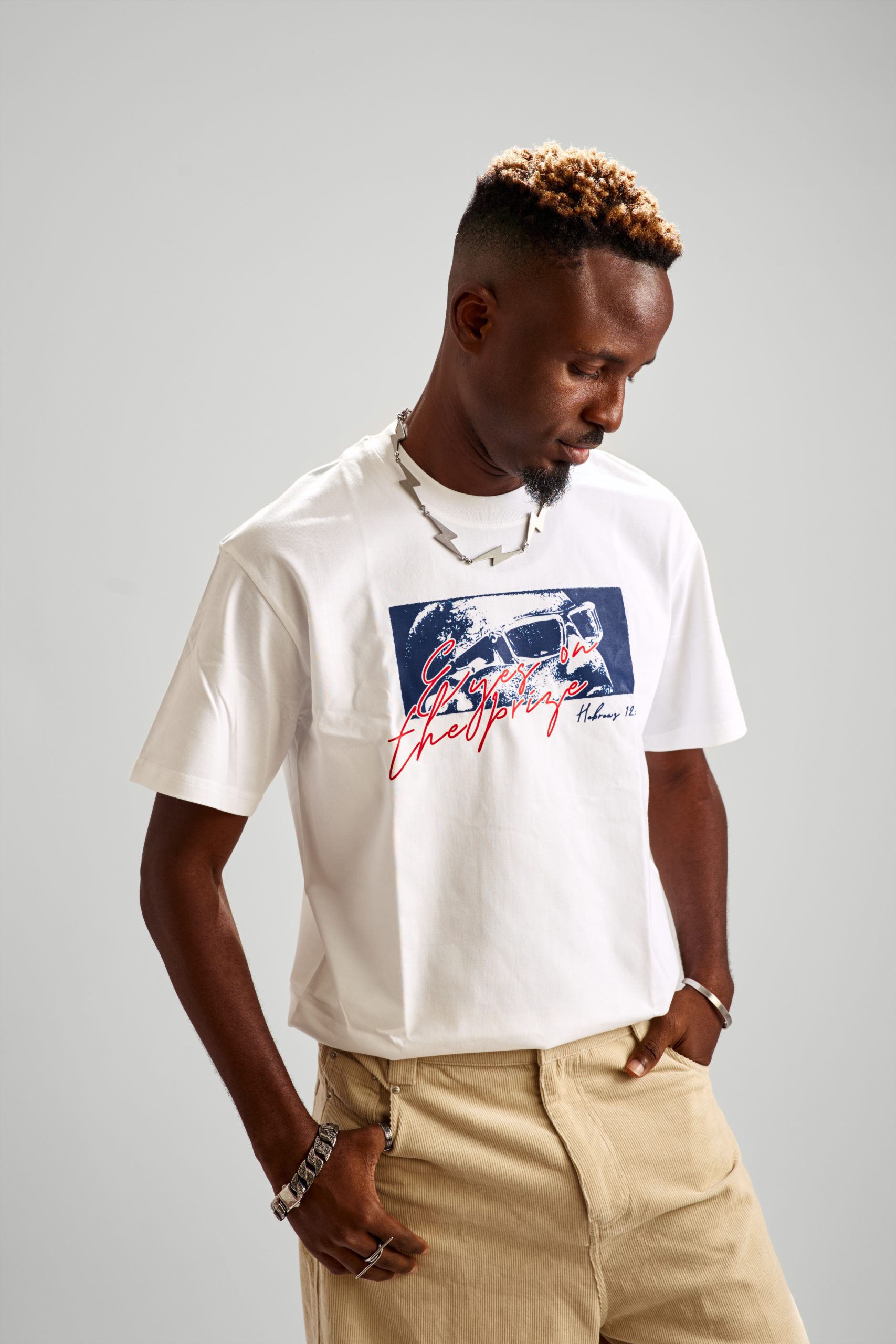
Movements, cities, and the long view
Momentum is only useful if it is stewarded. The sketch ahead is ambitious but consistent with the groundwork he’s laid. “I’d love to build musical residencies in at least three continents, where contemporary and alternative faith-based creatives perform and share their art on a regular basis.”
The festival vision scales too: “I’d grow ARAMANDA into a globally renowned African Christian festival that fuses worship, theatre, visual art, and street culture into one prophetic carnival; one that travels across African cities and becomes a movement that governments will be bidding to host just like is done for the World Cup.”
Beyond stages, he’s thinking about structure and formation: “I’m actually right now trusting God for a discipleship structure that is digitally native and culture-fit for today, so fans don’t just stream songs but actually grow in faith communities.”
And there is the sonic experiment he keeps hinting at: a full Yoruba-orchestral gospel project “reimagining ancient sounds for the future.” Legacy, to him, is a bridge: between church and street, tradition and innovation, private belief and public good. The posture is steady: hands on the plough, eyes on the city, message intact. No turning back.

